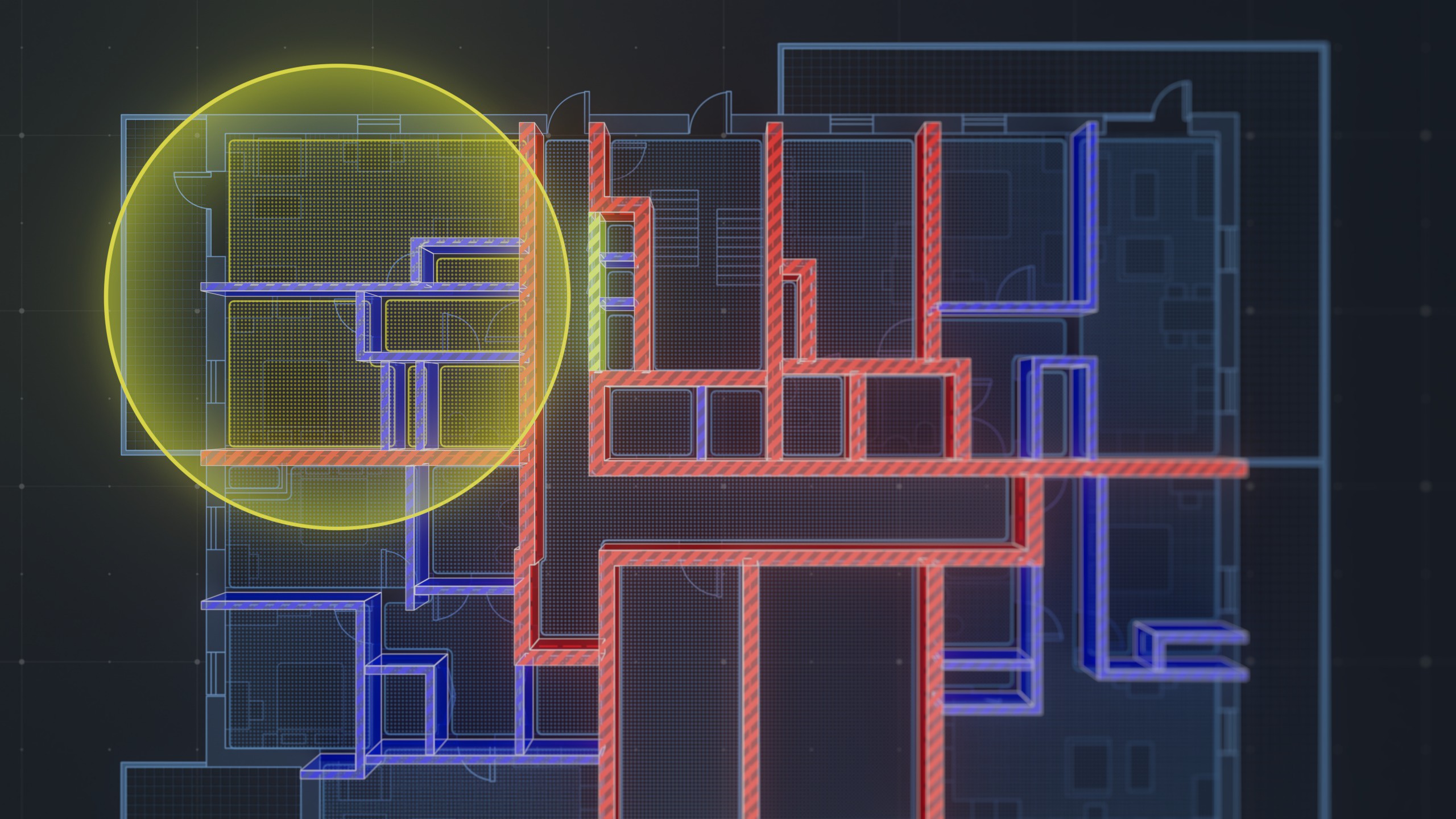A punch list is a document that outlines the remaining tasks or items that need to be completed or corrected before a construction project is considered finished. It includes a list of any incomplete work, defects, or deficiencies observed during the final inspection or walkthrough of the project. The punch list helps ensure that all work is completed to the satisfaction of the owner or client, and that the project meets all necessary quality and safety standards before final acceptance.
Benefits of Using a Punch List
A punch list is a critical part of the construction process and serves several important purposes, including:
Overall, a punch list is an essential tool in construction projects that helps ensure that the project is completed on time, within budget, and to the satisfaction of all stakeholders involved.
- Ensuring project completion: A punch list helps ensure that all work is completed before the final acceptance of the project. It provides a roadmap for the remaining tasks and helps prevent unfinished work.
- Increased accountability for contractors and subcontractors: The punch list clearly outlines the tasks that need to be completed and assigns responsibility to the appropriate party. This accountability ensures that all parties involved in the project work together to address any outstanding issues.
- Improved communication and collaboration: The punch list facilitates communication between the owner, contractor, and subcontractors, which improves collaboration and ensures that everyone is on the same page regarding the final steps of the project.
- Reduced change orders and added costs: By catching and addressing deficiencies early on, the punch list helps prevent costly change orders and additional expenses.
- Improved quality control: The punch list serves as a quality control checklist, ensuring that all work meets the necessary standards and specifications.
Components of a Punch List
Types of items to include
The items included in a punch list can vary depending on the type of project and the specific needs of the owner or client. However, some common types of items that may be included in a punch list are:
- Incomplete work or missing elements
- Defective or damaged materials
- Incorrect or incomplete installations
- Safety hazards or violations
- Quality or cosmetic issues
- Cleanliness and debris removal
How to organize and prioritize items
To organize and prioritize items on a punch list, consider the following steps:
- Inspect the project thoroughly: Conduct a comprehensive inspection of the project to identify all outstanding issues.
- Group items by category: Group items on the list by category, such as electrical, plumbing, or finishes.
- Prioritize items: Prioritize items on the list by order of importance or urgency, based on the impact they may have on the project's completion, safety, or functionality.
- Assign responsibility: Assign responsibility for completing each item to the appropriate party, such as the general contractor, subcontractor, or supplier.
Who is responsible for completing items
The responsibility for completing items on a punch list can vary depending on the contract agreement and project scope. Generally, the contractor or subcontractor responsible for the work is responsible for completing the items on the punch list. However, the owner or client may also be responsible for certain items, such as providing access to the site or approving design changes. It's important to clearly identify who is responsible for each item on the list to ensure accountability and timely completion.
Common Mistakes to Avoid When Using a Punch List
Here are some common mistakes to avoid when using a punch list:
- Failing to create a punch list: Failing to create a punch list is one of the most significant mistakes that can result in a project being deemed incomplete or lacking in quality. A thorough punch list should be created to ensure all items are addressed before the project is completed.
- Not prioritizing items properly: Prioritizing items on the punch list is crucial to ensure that critical items are addressed first. Prioritizing the punch list ensures that items that can affect project completion or safety are given more attention.
- Being too lenient or too strict with contractors: It's important to maintain a balanced approach when working with contractors. Being too lenient can result in incomplete or inadequate work, while being too strict can lead to conflicts and disputes. Establishing clear expectations and deadlines while maintaining open communication helps to ensure the project's success.
- Failing to follow up on completed items: Failing to follow up on completed items can lead to delays in project completion or the delivery of a subpar product. It's important to ensure that all items on the punch list have been completed satisfactorily before the project is considered complete. This helps to ensure that the final product meets all quality and safety standards.
Conclusion
In conclusion, a punch list is a critical part of the construction process that helps ensure the successful completion of a project. It helps ensure that all work is completed to the satisfaction of the owner or client, and that the project meets all necessary quality and safety standards before final acceptance.
The importance of a punch list can't be overstated. It helps to reduce change orders and added costs, improve quality control, and increase accountability for contractors and subcontractors. Additionally, it facilitates communication and collaboration between all stakeholders involved in the project.
Therefore, it is highly encouraged that a punch list is used in all construction projects, regardless of the scope and size of the project. It is a valuable tool that helps to ensure the timely completion of a project, reduce costly mistakes, and provide a finished product that meets all necessary quality and safety standards.




.png)